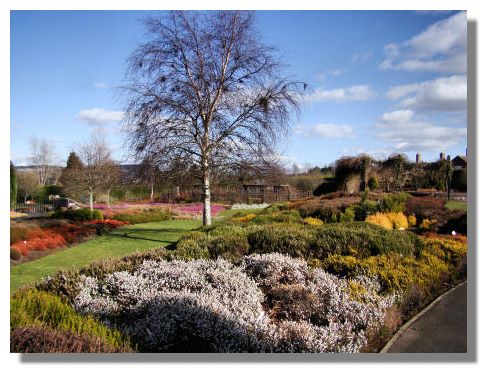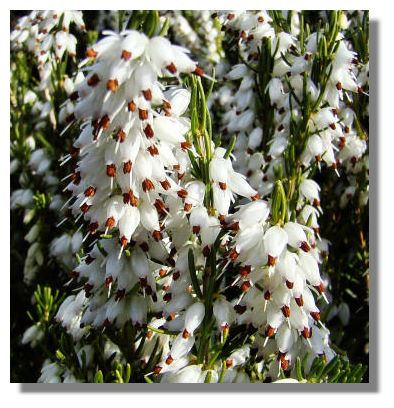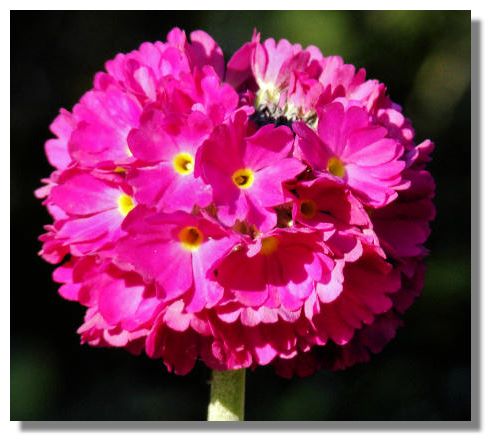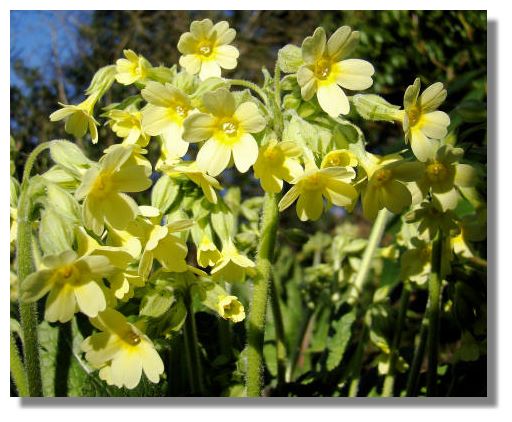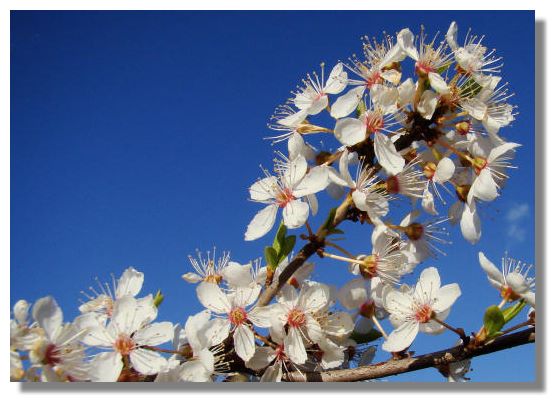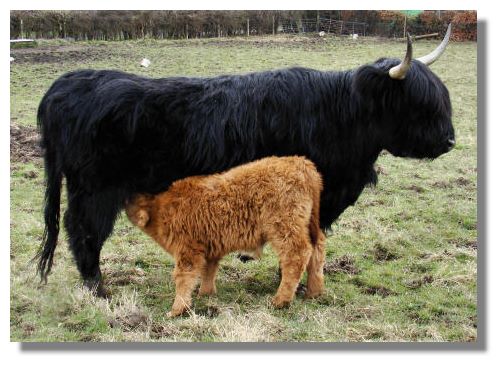The Rampant Scotland Newsletter includes a number of photographs which illustrate the weather and the seasons, plus the flora and fauna of the current week around Scotland. This separate "colour supplement" displays some more pictures, in a larger format. Here is this week's crop of Scottish views!
On Monday of this week the Bell's Heather Garden on the edge of Perth (pictured here) closed to the public. Nobody can quite understand why this tourist attraction, housing Europe's largest collection of heathers, was forced to close its doors. On the face of it, the six acre garden had been gifted by the previous owner (whisky company Diageo) to form a part of an ambitious plan by Scotlandís Garden Trust (SGT) to create a large 61 acre "Calyx" national garden project. The Trust has been working for over five years and recently failed in their bid for National Lottery Funding. Within a month of this, they announced the closure of Bell's Heather Garden so that it could be sold to provide finance for their Calyx project - somewhere else in Scotland. Efforts are being made to reverse the decision - but meantime the garden is closed.
This is one of the 50,000 plants representing 900 varieties of heather at the Bell's Heather Garden. It is named "White Perfection".
This striking Primula Denticulata was catching the late afternoon sun at the National Trust for Scotland's Branklyn Garden in Perth. They are also known as the "drumstick primrose" for obvious reasons. They come in a range of colours, from white to pink, purple, lavender and red, but they all have a yellow "eye" in the centre of the tightly-packed flowers.
Primula Veris, more commonly known as "Cowslip", is fragrant and always deep yellow, with a darker spot at the base of each petal. Although often found in gardens, it can also be seen growing as a wild flower in the countryside.
Perth is a frequent winner of a "Scotland in Bloom" title each year and its public parks along the banks of the river Tay play an important part in the success of the "Fair City". These cherry blossoms were in Rodney Garden and were competing with large areas of daffodils to create a colourful display.
Pollok Country Park in Glasgow is home to a large herd of Highland Cattle, some of which have won prizes at major shows. Each year, visitors to the park are delighted to see the latest additions to the herd. Highland cattle are an ancient Scottish breed of beef cattle with long horns and shaggy pelts. They were developed in the Scottish Highlands and western coastal regions of Scotland where their thick shaggy hair makes them more suitable for cold Northern climates.
Highland Cattle originated from two sets of stock, one black and the other reddish. Today, Highland cattle come in a wide variety of colours including red, brown, honey-brown and black. But it is still strange to see a honey-brown calf approaching its black-coated mother for a drink of nourishing milk!If you want to look back at earlier editions of this Colour Supplement, there is an Index Page
